IS23 - Computational Methods in Mining, Mineral Processing and Geotechnical Applications
Mining and mineral processing involve several process stages, and in each there are different length scales and physics to be considered. Often the process stage involves more than one length scale and requires consideration of multi-physics phenomena. The same goes for geotechnical applications. One example is size reduction and particle breakage by crushing and comminution, where both a granular and a slurry phase might exist simultaneously. Flotation is another crucial process involving complex physics of particles and fluids. Another example is material handling, where particle sizes can vary between very small grains to large boulders. There are strong economic and environmental incentives for a more efficient production in the mining and mineral processing industries as well as for geotechnical applications. Modelling and simulation provide a cost-effective means for achieving this goal. However, methodologies often need development to be a sharp decision tool in process- and product development.
In this session, we aim at highlighting possibilities and remaining challenges in using numerical methods for modelling and simulation of applications within the fields mining, mineral processing, and geotechnical applications. Topics include but are not limited to development of novel computational tools, multi-physics coupled models, fluid-structure and granular-structure interaction, and simulation of applications such as comminution, flotation, fragmentation and breakage, rock drilling, transport and handling of granular materials, and related applications. We invite both pure methodological developments and novel process simulations exploiting capabilities of discrete and continuum methods.

